Phonk music is an electrifying fusion of hip-hop beats, vintage soul samples, and the gritty essence of Memphis rap.
It blends lo-fi vibes, eerie sounds, and that nostalgic old-school edge that really gets the underground culture hype.
As a producer or artist, understanding what phonk music is can help you tap into a unique genre that offers endless creative (and financial) possibilities.
Plus, it allows you to connect with a community of like-minded enthusiasts and potentially expand your own music production skills in the process.
That’s why, in today’s article, we’ll be breaking down:
- What is phonk music: history & fun facts ✓
- Key elements and signature sounds ✓
- Influence of Memphis rap ✓
- The rise & unique characteristics of drift phonk ✓
- Advanced production techniques, tricks, and tips ✓
- The art (and importance) of sampling in phonk ✓
- Various phonk subgenres that are becoming super popular ✓
- Phonk’s new presence in the digital world ✓
- Much more about what is phonk all about ✓
After reading this article, you’ll know everything needed to answer the question “what is phonk music” including its super intriguing signature sounds.
Plus, be able to enhance your own tracks and create mesmerizing phonk music like a true professional.
So, let’s dive in…
Table of Contents
- What is Phonk Music?
- The History & Evolution of Phonk Music
- The Signature Sound of Phonk: Key Elements
- Fun Fact: The Role of Memphis Rap in Phonk
- The Rise of Drift Phonk Music
- Music Production Techniques For Making Your Own Phonk Tracks
- Phonk in the Digital Age: Opportunities…?
- Advanced Techniques for Creating Phonk Music
- What is Phonk Music? Final Thoughts
What is Phonk Music?
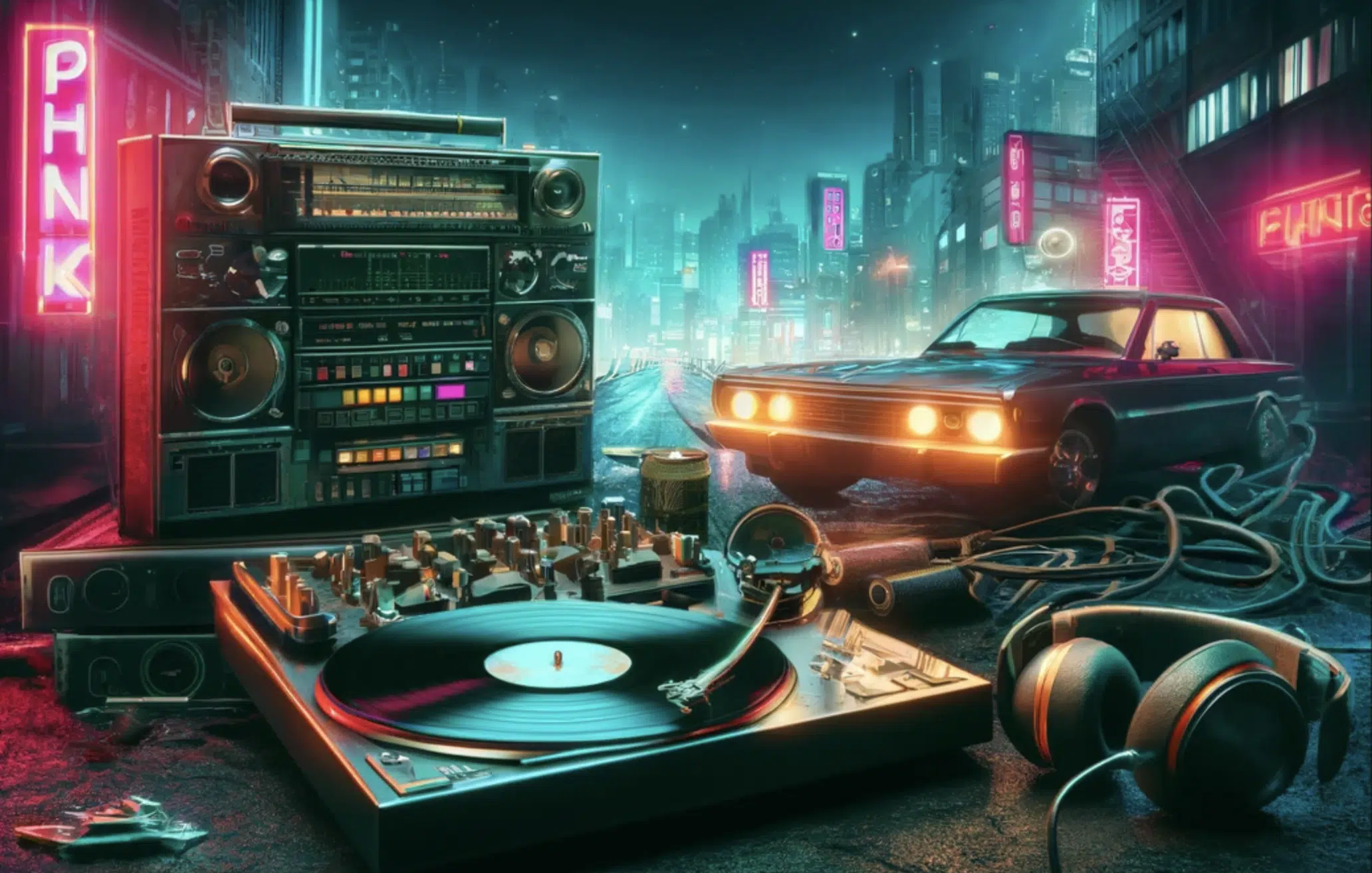
Phonk music is a genre that masterfully merges elements from hip-hop, lo-fi sound, and the classic beats of 90s Memphis rap.
Originating in the underground scenes, phonk captures a raw, nostalgic vibe thanks to its heavy use of samples from old funk songs and Memphis rap tracks.
This unique style creates a pretty unique (and mesmerizing) sound that really makes an impact on listeners.
That’s why it’s be crowned one of the most fascinating hip-hop subgenres at the time of this article, and I can see why.
In order to understand ‘what is phonk music’ as a digital music producer, you need to understand its roots and how it’s quickly evolved to incorporate elements of popular modern music styles.
Phonk music often features:
- Haunting/eerie samples
- Slowed-down tempos
- A distinct (and loved) lo-fi aesthetic
This makes it ideal for drifting scenes in videos and as backing tracks for hip-hop artists who want that extra layer of intrigue.
Phonk’s ability to convey mood and atmosphere through a blend of samples, beats, and experimental sound manipulations is why it’s captivating an ever-growing audience.
Plus, the younger audience is like addicted to the sound, so that can be super beneficial to know if you’re trying to secure a music industry job.
The History & Evolution of Phonk Music
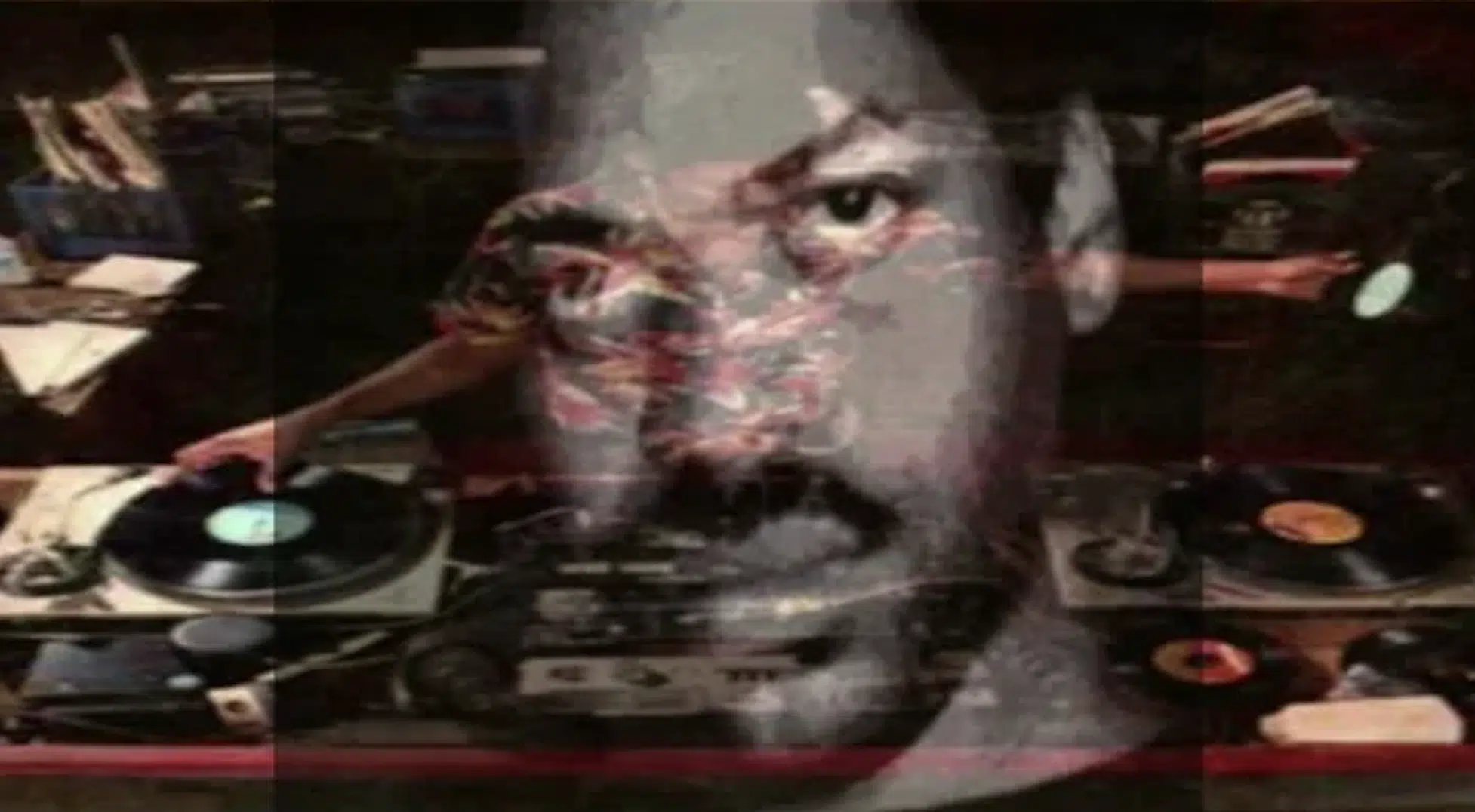
You can track phonk music’s history back to the early 2010s when it emerged from the Southern United States, influenced heavily by the gritty sounds of Memphis rap.
Notable artists like DJ Spanish Fly, DJ Squeeky, and DJ Smokey (among others) were part of the movement.
They created unique style tracks that featured dark, moody, yet hard-hitting beats with:
- Creative spoken samples
- Scratchy sound effects (think street racing vibes)
This period marked the beginning of what soon became a viral internet phenomena that spread like wildfire on platforms like SoundCloud and Spotify.
I mean, anytime an original genre hits the scene it’s pretty exciting, am I right?
Over the years, phonk has evolved by incorporating more elements from other new genres such as trap music, lo-fi, and many sub-genres that reflect this distinct style.
It just shows the fast-changing tastes and music technology advancements, which is actually super innovative.
Today, drift phonk tracks represent a new revolution within the phonk genre and music production itself.
NOTE: Drink Phonk is a subgenre that emphasizes rhythmic, hard-hitting beats ideal for drifting YouTube videos and sound design projects (we’ll break it down later).
This adaptation shows phonk’s versatility and its ability to remain relevant today.
The Signature Sound of Phonk: Key Elements
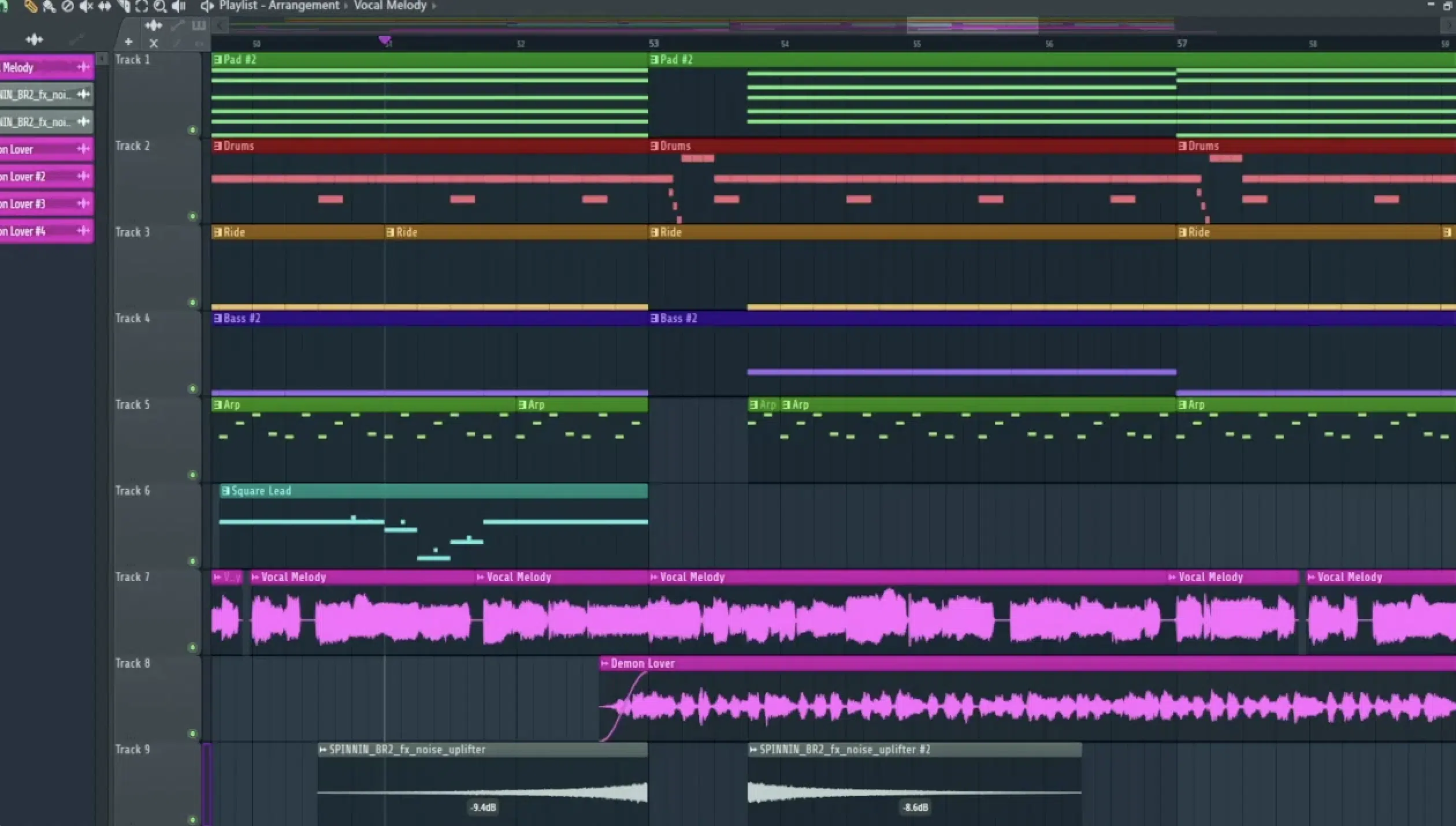
The signature sound of phonk music incorporates elements that make it just as desirable today as it was in the early 2010s.
It focuses on deep, bass-heavy beats and the haunting use of samples that define its unique vibe/sound.
The most key elements in phonk include:
- Choppy snare drums
- Captivating hi-hats (repetitive)
- Melodic synth lines
These signature elements, when combined, create a hypnotic loop that makes this genres special.
This foundation is then layered with vocal chops from old Memphis rap songs, enhancing the track’s raw and nostalgic feel.
One of the most distinctive sounds in phonk is the vinyl crackle and atmospheric noise that gives phonk tracks a vintage feel (lo-fi).
These elements, mixed with samples from 70s funk and obscure soul tracks, contribute to phonk’s gritty, hard-hitting texture.
NOTE: The use of eerie samples and a darker sound selection helps set the mood, often reflecting the genre’s underground origins and its association with creepy urban soundscapes.
Fun Fact: The Role of Memphis Rap in Phonk
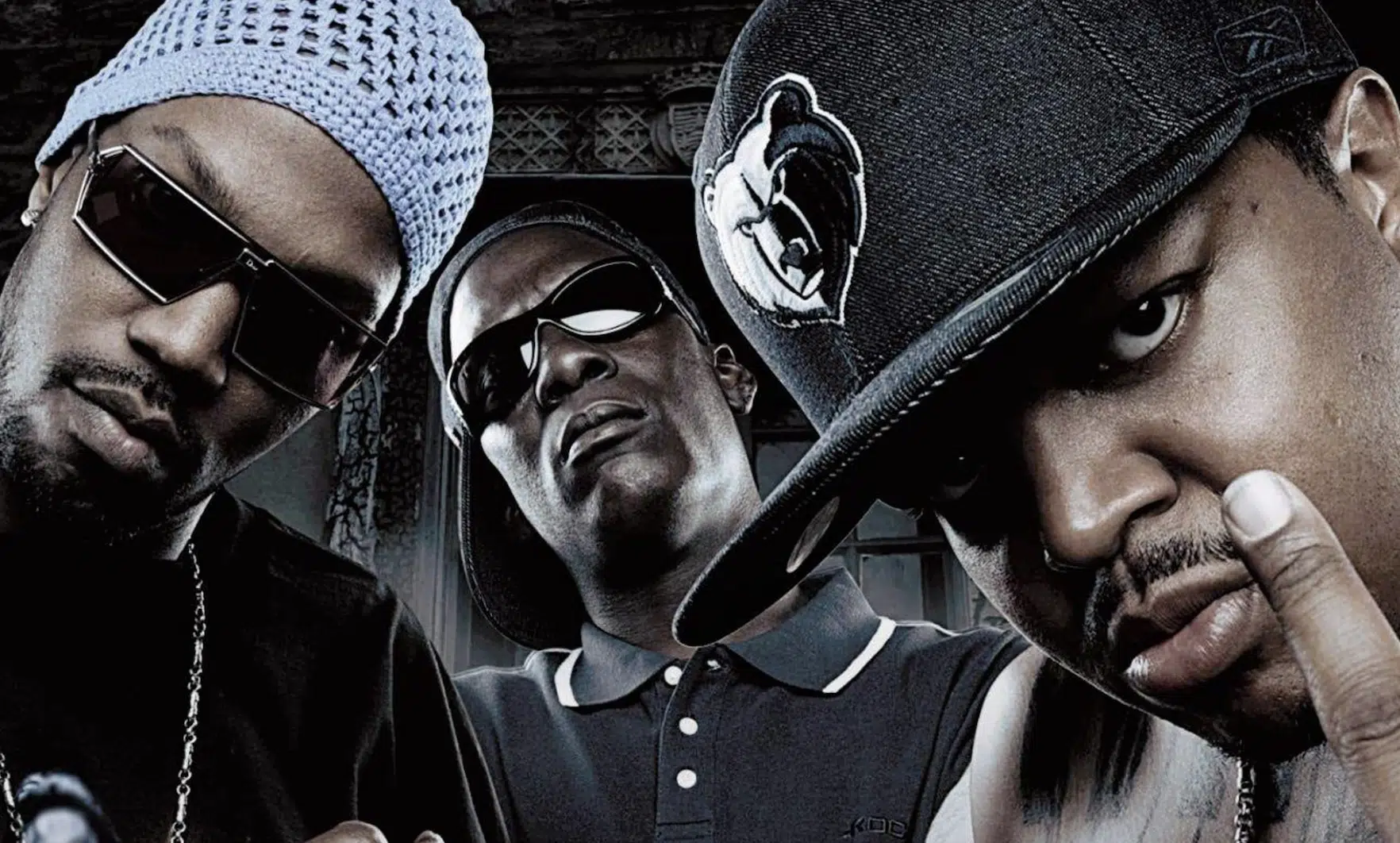
Memphis rap’s influence on phonk cannot be overstated, so it deserves it’s own little fun fact section, out of respect alone.
The dark, often sinister sound of early Memphis rap tracks provides the perfect raw material for phonk producers to chop and screw into something entirely new.
Yet, at the same time, super familiar and alluring.
Artists like DJ Spanish Fly, Lil Ugly Mane, and DJ Yung Vamp were masters at creating atmospheric tracks with sparse, repetitive beats and eerie vocal samples.
This, as you now know, is what phonk music is all about.
Their work from the 1990s has inspired a whole new generation of phonk producers who blend these classic samples with modern beats for epic results.
If you’re really trying to understand its essence, dig deep into the Memphis rap archives to break down their:
- Dark rhythmic patterns
- Lyrical content
- Overall vibe
It can provide valuable insights into creating authentic phonk music.
By sampling these tracks and incorporating elements from them, you can maintain the soul of phonk while adding a unique twist that might just skyrocket you to the top.
The Rise of Drift Phonk Music
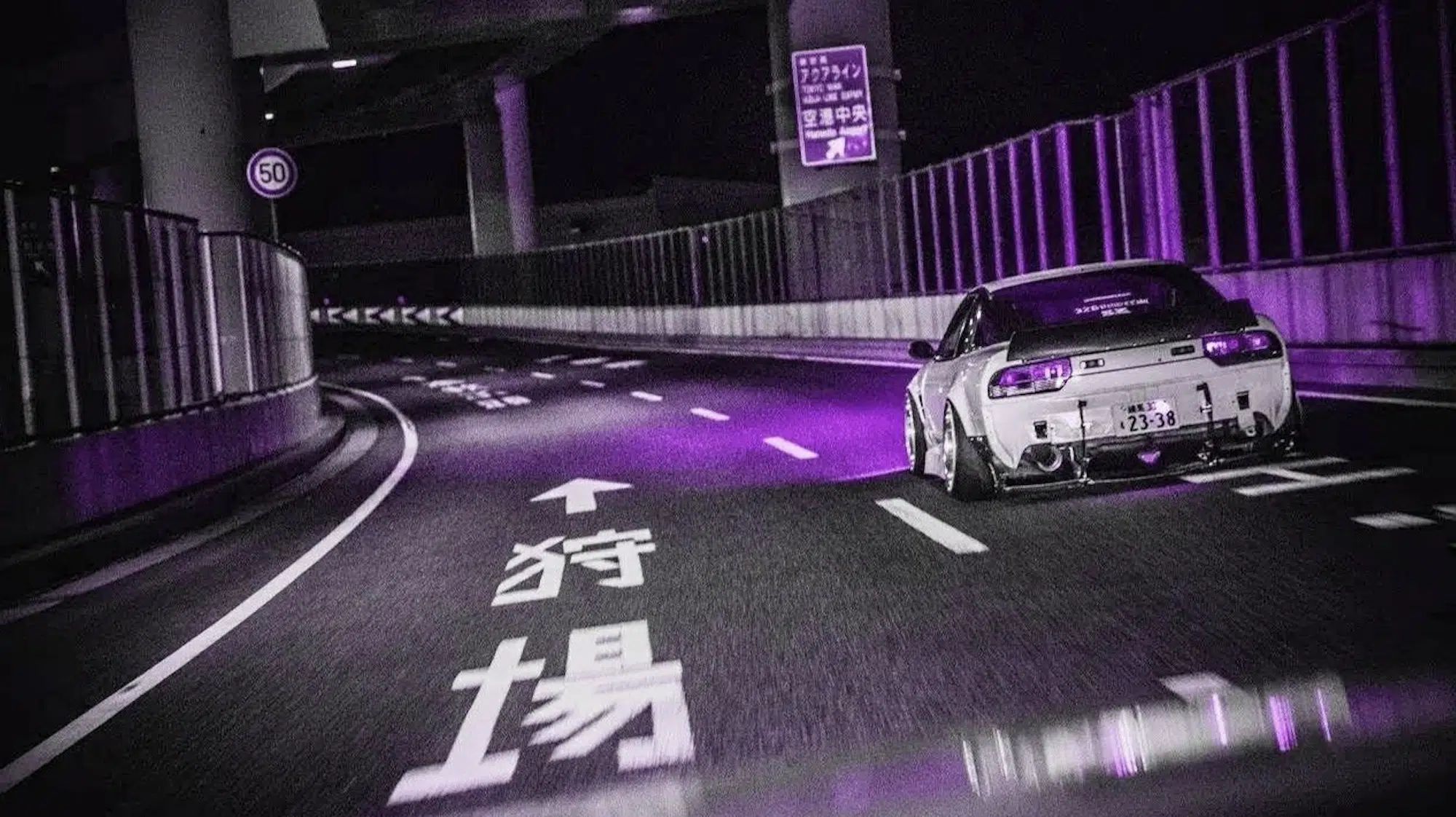
The drift phonk subgenre has emerged as a powerful force on platforms like SoundCloud, captivating listeners with its rhythmic, flowing sound.
Ones that perfectly complement the visuals of car drifting videos… hence the name “Drift Phonk.”
This phonk subgenre emphasizes smoother transitions and a heavier bassline, which made it ideal for high-energy and dynamic visuals.
The term ‘drift phonk’ itself has become synonymous with tracks that not only sound good on a track, but are also visually engaging when paired with the right content.
The popularity of drift phonk has skyrocketed in recent years, largely due to younger audiences and digital creators/sound engineers on YouTube and TikTok.
These platforms have allowed phonk producers to reach a global audience 一 emphasizing their dope skills and innovative approaches to music production.
It’s like visual/audible crack for people with short attention spans.
Drift phonk tracks tend to feature a mix of old and new elements 一 perfectly connecting classic phonk styles and popular song trends.
This makes drift phonk hold the top spot in many playlists around the world (as a music producer, this is a great opportunity).
NOTE: If you haven’t had a listen to this genre firsthand, I seriously recommend you do so, because staying ahead of trends can really pay off and help get you inspired.
Music Production Techniques For Making Your Own Phonk Tracks
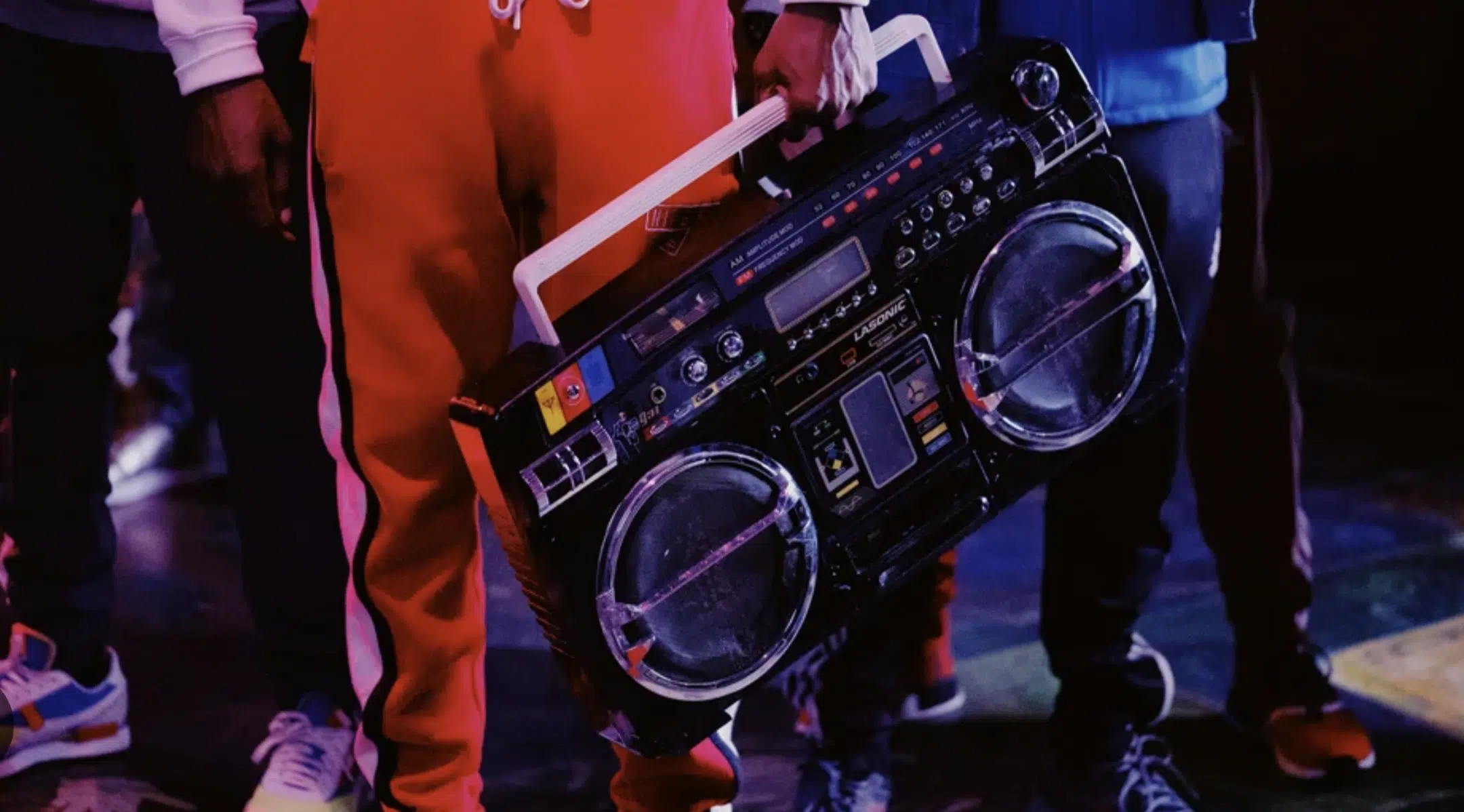
When it comes to music production techniques for making your own phonk song, it’s all about sampling, sampling, sampling.
If you’re an aspiring phonk producer, you need to focus on finding unique samples that capture the essence of this genre, like:
- Old funk records
- Obscure soul tracks
- Snippets from classic Memphis rap
- Etc.
Anything that makes you think ‘hip-hop with a lo-fi sound kicker’ works perfectly.
Manipulating these samples through pitch adjustment, time-stretching, and layering with electronic beats is the key to creating a compelling phonk song.
Also, try using some sidechain compression techniques to make your beat even more punchy and dynamic.
It can help your phonk tracks stand out and really put the competition to shame.
Also, incorporate elements of trap music, such as rolling hi-hats and snappy snares, can add a modern edge to traditional phonk music.
Since trap is so hot right now when compared to certain genres, it will attract a broader audience to listen to your track while still staying true to specific phonk song style.
Pro Tip: Techniques like chopping (cutting a sample into smaller parts to be rearranged) and screwing (slowing down the tempo of the sample) are prevalent in phonk music production. Anybody remember Mike Jones?… No, just me?… Alrighty then, moving on.
Phonk in the Digital Age: Opportunities…?

In recent years, the phonk music genre has seen a pretty remarkable surge in popularity due to its presence on various digital platforms.
Artists and producers have taken over platforms like SoundCloud and YouTube, sharing phonk tracks with a global audience.
This significantly impacted how phonk was distributed and heard (plus, it helped answered the golden question, ‘what is phonk music anyway?’ which was abundant).
Our fast-paced, upload everything right now kind of world we live in has easily helped phonk evolve from an underground genre to a full-blown internet phenomenon.
And of course, social media and music streaming services play a key role in the discovery and promotion of the elusive phonk music genre.
By creating and sharing content related to phonk, such as tutorials on how to make phonk tracks or showcasing new sub-genres, you can engage with a production community of innovative masterminds.
And, hopefully find a way to make money as a music producer in the process.
Advanced Techniques for Creating Phonk Music
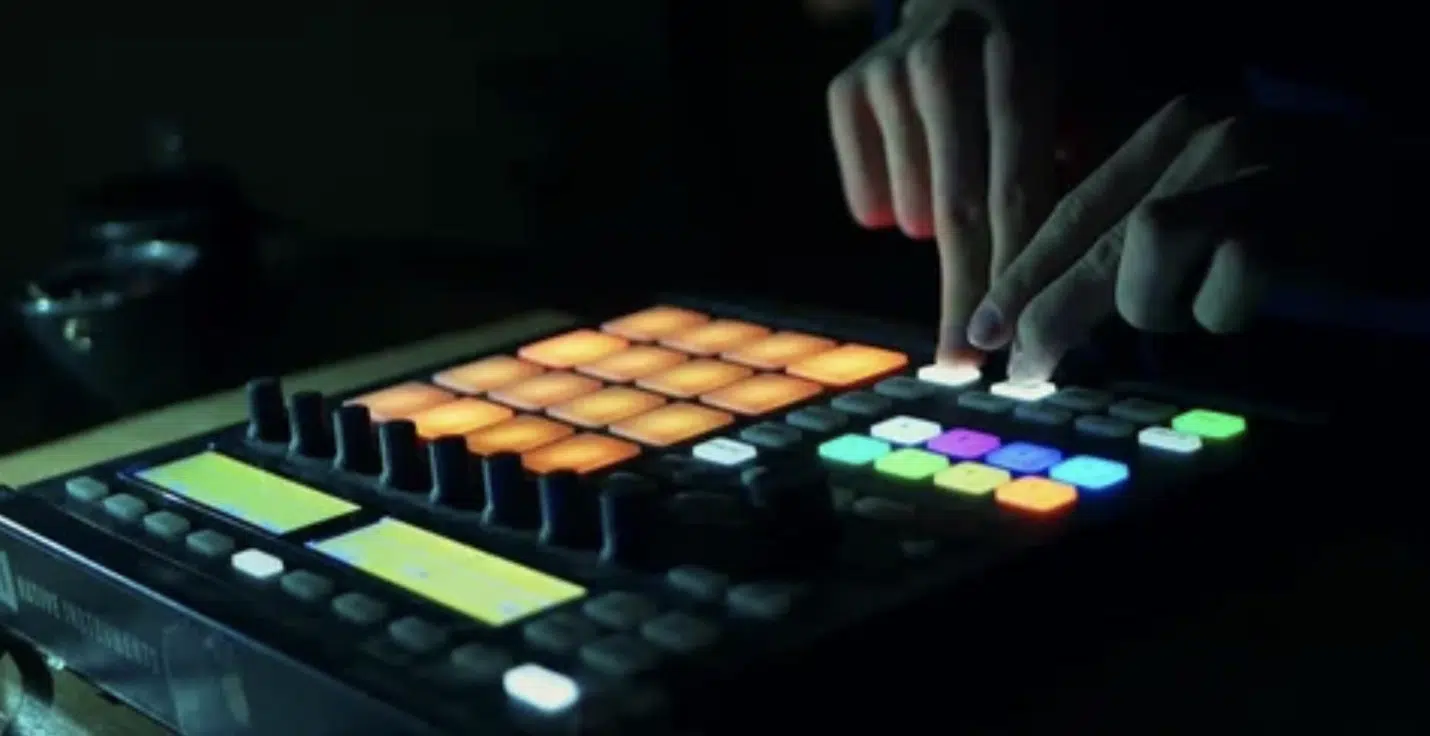
To truly excel in phonk music production, you’ve got to get into sound design and audio engineering techniques.
Experimenting with spatial effects like reverb and echo can add depth to the phonk sound and make your drift phonk tracks more immersive.
Also, using more unconventional sound sources, such as foley recordings or synthesized sounds, can offer new textures and layers to the OG phonk style/roots.
NOTE: The integration of live instruments can elevate a drift phonk track from good to out of this freakin’ world, so incorporate some guitar riffs or live drum patterns to add an organic touch to the synthetic, sample-heavy base of phonk music.
It won’t only diversify your sound but also appeal to listeners from other genres (like hip-hop, rock, pop, etc.), expanding phonk’s influence and versatility.
Remember, by continually experimenting and pushing the boundaries of what the phonk style can be, you can keep this interesting genre dynamic and exciting.
What is Phonk Music? Final Thoughts
It’s clear that phonk music is not just about the music — it’s about creating an atmosphere that transports listeners to a different time and place altogether.
Whether you’re a seasoned producer or just starting out asking ‘what is phonk music,’ it offers a unique playground of sound that is both challenging and rewarding to explore.
Since we’ve discussed the importance of lo-fi vibes and effects in phonk music, I highly recommend checking out the best free Lo-Fi plugin available, Zen Master.
It can transform any sound you can imagine into something lo-fi, warm, and vintage in less than 3 short seconds.
With its simple interface of 5 unique knobs, like ‘Hypnosis’ for a unique detune and width effect, and ‘Electrify’ which applies epic bit-crushing, Zen Master is epic.
It will ensure your sounds are not only unique but perfectly suited for phonk tracks (or any genre track you’d like to throw some lo-fi vibes onto).
Remember, whether it’s Phonk or the next new genre, as a music producer it’s all about experimenting and expanding your skills/horizons.
Until next time…







Leave a Reply
You must belogged in to post a comment.